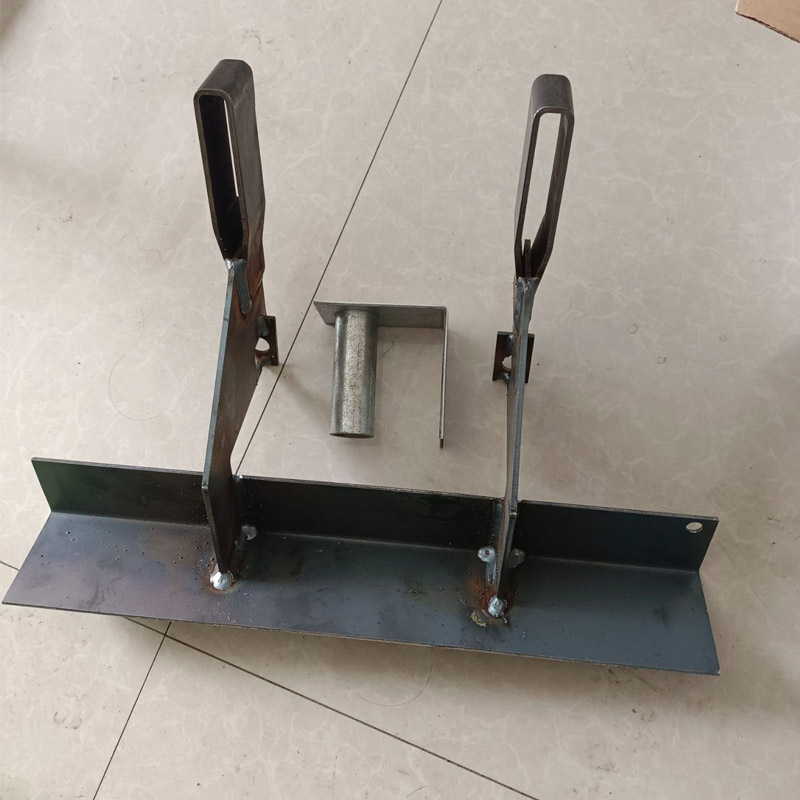
- Mobile Phone
- +8613931874955
- sales@cntcmetal.com
permanent formwork
Understanding Permanent Formwork A Sustainable Solution in Construction
Permanent formwork, as a construction technique, is gaining attention for its ability to enhance both efficiency and sustainability in building projects. Unlike traditional formwork, which is temporary and removed after the concrete hardens, permanent formwork remains in place, serving as an integral part of the structure. This innovative approach not only simplifies the construction process but also offers several advantages in terms of durability and environmental impact.
The primary purpose of permanent formwork is to provide structural support for concrete elements, such as walls, slabs, and foundations. Made from materials like polystyrene, steel, or fiber-reinforced plastics, permanent formwork can be designed to withstand the loads and pressures exerted by the concrete during the curing process and beyond. By integrating formwork into the building structure, construction teams can significantly reduce the time and labor associated with traditional, removable systems.
One of the most significant benefits of permanent formwork is its contribution to sustainability. With the construction industry facing increasing scrutiny over its environmental impact, utilizing permanent solutions can help minimize waste. Traditional formwork often ends up in landfills, contributing to construction waste. In contrast, permanent formwork systems can be designed from eco-friendly materials and often incorporate thermal insulation properties, enhancing the building's energy efficiency.
permanent formwork

Additionally, permanent formwork systems tend to improve the structural integrity of buildings. By providing continuous support and insulation, they help maintain thermal performance, which can lead to lower energy costs for heating and cooling. Structures built with permanent formwork can be more resistant to moisture and pests, which further reduces maintenance costs over their lifecycle.
Another advantage is the speed of construction. Permanent formwork allows for faster construction times since the formwork does not need to be dismantled after the concrete sets. This efficiency translates to reduced labor costs and shorter project timelines, which are critical factors in today’s competitive construction market.
Moreover, with increasing urbanization and a global push for sustainable building practices, permanent formwork aligns well with modern construction demands. It allows builders to create more robust buildings that can stand the test of time while also adhering to green building standards.
In conclusion, permanent formwork is revolutionizing the construction industry by offering a sustainable, efficient, and resilient alternative to traditional methods. As builders and architects continue to seek innovative solutions to meet the challenges of modern construction, permanent formwork stands out as a promising option that contributes to both environmental sustainability and economic efficiency.
share:
-
Your Source for Concrete Wall Ties and Masonry AccessoriesNewsJul.10,2025
-
Unlocking the Power of Iron Wire for Every ProjectNewsJul.10,2025
-
Explore Advanced Chain Wire and Stainless Steel Mesh FencingNewsJul.10,2025
-
Discover the Benefits of Annealed Wire ProductsNewsJul.10,2025
-
Discover China Stainless Steel Wire Mesh SolutionsNewsJul.10,2025
-
Build with Confidence Using High-Performance Masonry AccessoriesNewsJul.10,2025
-
Why Sacrificial Formwork Is Redefining Underground ConstructionNewsJun.06,2025



















